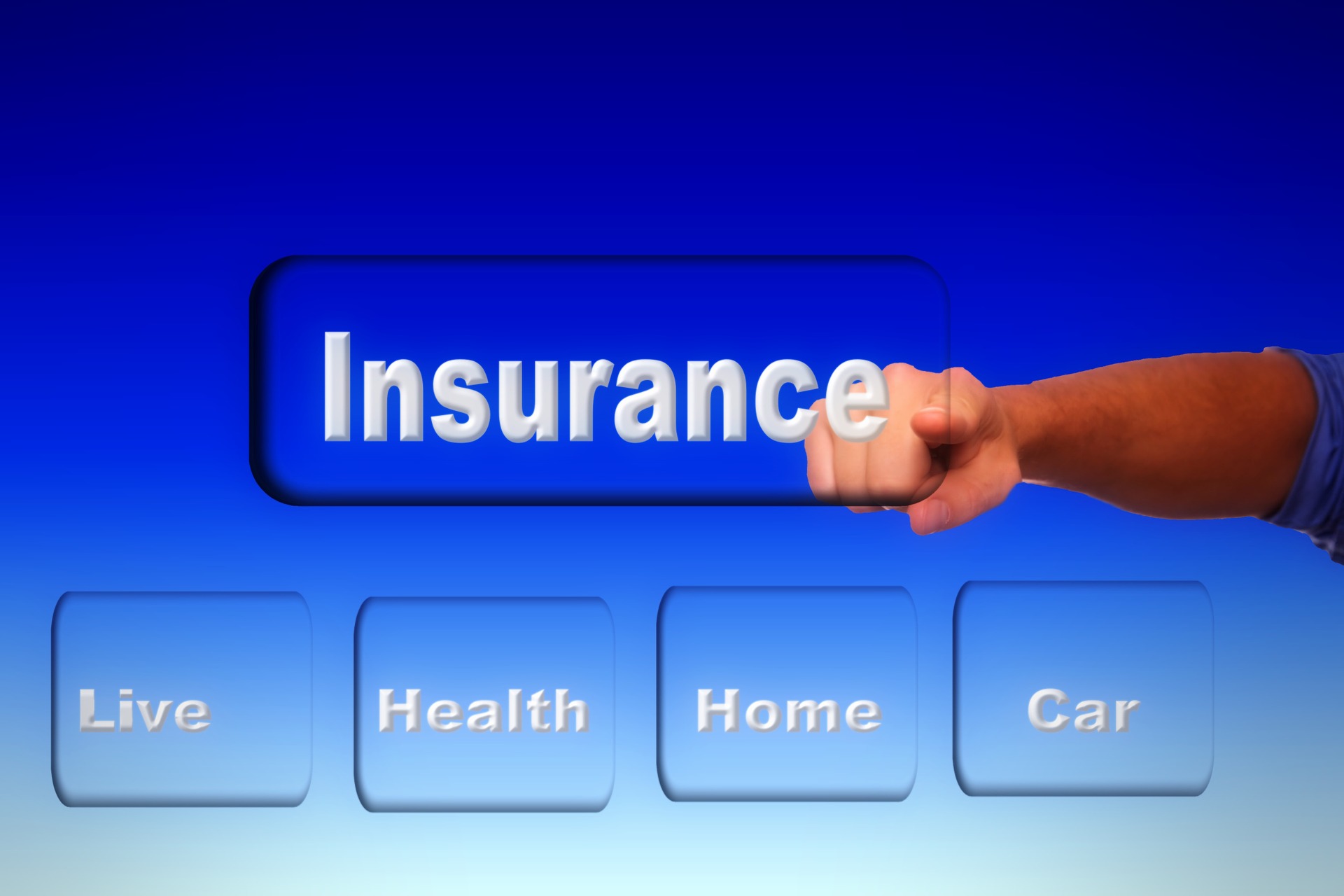The insurance system is maybe a little bit confusing for foreign workers in Japan. Some of them even don’t have any interest to apply for insurance here. However, the foreign nationals need to be enrolled on the insurance if they intend to work in Japan.
Basically, there are two types of insurances for foreign workers in Japan:
- Health Insurance
- Pension Insurance
Below are the details of the insurance types:
Health Insurance
The foreign nationals who are employed need to join health insurance. Even for the foreign nationals who have no regular employment, as long as they are expecting to stay in Japan for at least one year, they have to be enrolled on national health insurance. By enrolling in this insurance, the foreign nationals can receive benefits and allowances they need when they receive medical treatment for a disease or injury.
Health insurance consists of two types:
Class 1: Employee Health Insurance
Such as Kyokai Kenpo, Kyokai Hoken Kumiai, Shigaku Kyosai, and Chiho Komuin Kyosai.
This type of insurance is specialized for foreign nationals who are employed by a company in Japan.
Requirements to enroll in this insurance:
- Twenty years of age or over
- Foreign nationals who are expected to stay for 1 year or more in Japan
- A full-time worker and/or working at least 20 hours/week in a company that has more than 500 employees or if you work at a company with less than 500 employees you should be enrolled in this insurance if you work more than 3/4 of the hours of a full-time worker and more than 3/4 of days of a full-time worker per month. You will be enrolled by the employer who covers half of the enrollment costs.
The cost needed for this type of insurance is as below:
Kyokai Kenpo
The Kyokai Kenpo cost is different on each prefecture. Please click here for more details.
Kenko Hoken Kumiai (Health Insurance Association)
There are two services of Kenko Hoken Kumiai, that are: Kenko Hoken (the rates is not so different from Kyokai Kenpo) and Kaigo Hoken (the rates is about 0.8%)
Shigaku Kyosai
The rates for Kenko Hoken is 4.4095% for the Type A members and if you add Kaigo Hoken service the rates will be 5.2055%. Please refer to this site for more details.
Chiho Komuin Kyosai
The rates of the Kenko Hoken is 4.318% and if you add Kaigo Hoken service the rates will be 5.118%. you can refer to this link for more details information.
Benefits you can get from these 4 class 1 insurances (All of these 4 insurances have same benefits)
- Medical, drug and dental costs. 70% of medical costs are covered. There is also a safety net so that medical costs max out at 80,100 JPY/month. (25,000 JPY/month in some cases.)
- Injury or sickness resulting in a loss of wages. An allowance covers about 60% of lost wages due to sickness or injury for up to one and a half years. There is a one-and-a-half-year limit to claiming this for any one illness. This is NOT covered under National Health Insurance.
- Childbirth. 420,000 JPY is paid after the birth of each child.
- Maternity Leave. When you take this leave, you are eligible for about 60% of your wages for 42 days prior to birth and 56 days after birth. This is also NOT covered under National Health Insurance Kokumin Kenko Hoken.
- Death. A lump sum of 50,000 JPY will be paid to the person taking care of the funeral arrangements. Also, 50,000 JPY is paid in the case of a dependent.
Class 2: National Health Insurance
Requirements
This insurance is for students, self-employed, unemployed, or others who are not eligible for employee health insurance. Workers who are under this insurance should pay all the costs by themselves. This insurance is administered by the local government in each ward/district. To enroll in this insurance you need to visit Kokumin Kenko Hoken desk at the ward office, city hall, or other official offices for national health insurance
Cost
As for the national health insurance, the cost varies from area to area and is calculated by using your city tax rates from the previous financial year. For people new to Japan, Kokumin Kenko Hoken premiums are relatively cheap for the first year of enrollment. However, start from the second year of enrollment premiums sharply increase. Besides, if you are reaching 40 years old, you will also be required to pay Kaigo Hoken.
Benefits
Benefits from the National Health Insurance are listed below:
- Medical, drug and dental costs. 70% of medical costs are covered. There is also a safety net so that medical costs max out at 80,100 JPY/month. (25,000 JPY in some cases).
- Childbirth. 420,000 JPY is paid after the birth of each child.
- Death. A lump sum of 50,000 JPY will be paid to the person taking care of the funeral arrangements. Also, 50,000 JPY is paid in the case of a dependent.
- For more information about benefits under Kokumin Kenko Hoken please refer to this website.
Special notes:
Both of these insurances (Class 1 and Class 2) are including Kaigo Hoken or long-term care nursing service.
This service is valid for those who are 65 years of age or older who need care regardless of the reason. Those who are between 40 and 64 years of age and need long-term care due to having specially designated illnesses such as cerebrovascular disorder.
There are two major services offered under the long-term care insurance:
- “Home Visiting Care,” in which home helpers visit your house to provide physical care, such as bathing, toileting, and eating, or to render daily help, such as cooking and washing clothes, and
- “Facility Visiting Care,” in which you make day trips to care facilities to receive help with daily activities, such as taking meals and bathing, and receive other help to improve your daily living skills.
Aside from (1) and (2), you can also stay at care facilities according to your condition (welfare facilities for elderly care, health facilities for elderly care, etc.). Since long-term care insurance covers between 70 and 90 percent of the service cost (according to the user’s income), as a rule, you will need to pay 10 to 30 percent of the cost.
Pension Insurance (Nenkin)
There are two types of pension insurances, that are: Employee Pension Insurance (Kosei Nenkin) and National Pension (Kokumin Nenkin). Both are administered by the Japan Pension Service (Nihon Nenkin Kiko). The Employee Pension Insurance (Kosei Nenkin) is valid For those enrolled in the class 1 Health Insurance. While the National Pension Insurance (Kokumin Nenkin) is valid for those enrolled in class 2 Health Insurance.
The enrolled workers should pay the pension system for 10 years, then after reaching approximately 65 years of age, they will be eligible for a pension. Enrollees will receive a “Pension Regular Mail” every year on the month of their birthday. You can go to the local pension office to confirm your pension information.
Employee Pension Insurance (Kosei Nenkin)
Enrollment in the Employee Pension System also automatically enrolls you in the National Pension Insurance.
Requirements:
- For those who are twenty years of age or over
- Foreign nationals who are expected to stay for 1 year or more in Japan
- A full-time worker and/or working at least 20 hours/week in a company that has more than 500 employees or if you work at a company with less than 500 employees you should be enrolled in this insurance if you work more than 3/4 of the hours of a full-time worker and more than 3/4 of days of a full-time worker per month.
- The employer will cover half of the enrollment cost.
Costs
The cost for the Employee Pension Insurance is 9.15% of your standard monthly remuneration and bonuses National Pension Insurance is 16,410 JPY/month
Benefits
- Those who are enrolled on the Employee Pension Insurance will receive the base pension plus the contributory part of the Employee Pension Insurance.
- Death. The pension will be paid to the dependents.
- Disability (This pension is paid based solely on three factors: level of disability, number of dependants, and how long you have been enrolled.)
- Level 1 disability ranges from a minimum of 1,400,000 JPY/year (120,000 JPY/month ~ 150,000 JPY/month.) for a single person, to 2,520,000 JPY/year (170, 000 JPY/month ~ 210,000 JPY/month.) for a married person with two children. Level 2 disability ranges from a minimum of 1,200,000 JPY for a single person to 2,160,000 JPY for a married person with two children.
- For your information: medical and pension benefits under The Shigaku Kyosai are similar but often enhanced. For more details please click here.
Lump-Sum Withdrawal (Dattai-Ichijikin)
The enrollee who does not possess Japanese citizenship and is enrolled in the Japanese public pension system for 6 months or more may eligible for a refund of their pension contributions. The refund varies on the length of time a person is enrolled and the total amount in pension contributions.
Refund = (Average Standard Remuneration) x (Multiplier)
*Average Standard Remuneration is the total amount of your monthly remunerations and bonuses for all covered months divided by your total number of months covered.
Please refer to here for more details.
National Pension Insurance
Requirements:
- The requirements are the same as those on Class 2 Health Insurance.
- The cost should be paid by the enrollee.
Benefits
- Those who are enrolled on the National Pension Insurance will receive what is called a base pension.
- Death. The pension will be paid to the dependents.
- Disability.
- For the Level 1 disability, the pension payment is up to 947,125 JPY/year.
- As for the Level 2 disability, the pension payment is up to 780,100, plus 224,300 JPY/year for each of the first two children and 74,800 JPY/year for each subsequent child.
- For more information about benefits under Kokumin Nenkin please click here.
Lump-Sum Withdrawal (Dattai-Ichijikin)
Kokumin Nenkin also has a lump sum withdrawal system for non-Japanese nationals. If you have been enrolled for 6 months or more, you may also be entitled to a refund
Social Security Agreements
Japan currently has Social Insurance Agreements with 21 countries including; Australia, Canada, Ireland, the UK, and the US. Some agreements allow the insured person to combine pension funds to meet pension hurdle requirements.
Please refer to this website below for more information about these social security agreements.
So, what is the best insurance for you?
Reference:
Please be aware that this article was written based on the General Union Seminar Booklet.
General Union Japan website
Notes for the readers:
Please use this article only as a reference, not as a legal guidelines. Therefore, sugee.jp will take no responsibility or liability, so far as legally possible, for any consequences of your actions.


